The Set Designer From Game of Thrones Hints at What’s to Come in Season Five
Production Designer Deborah Riley discusses the influences behind the intricate and imposing sets of the hit HBO show
"As real as you can make things like the set, this enables the audience to believe in dragons," says Deborah Riley, production designer for the fantastical HBO hit, "Game of Thrones". While the show takes place in an imagined universe, Riley emphasizes the importance of creating sets with the weight of authenticity so that the built worlds truly transport the viewer.
Riley references Baz Luhrmann, who she worked with on the Academy Award-winning Moulin Rouge, and his belief in "real artificiality," as one of her influences. "The world might be artificial but you have to believe it’s real," she says.
As part of a recent Smithsonian Associates event, Riley, who has won an Emmy Award for her work on the show, gave a talk on her experiences leading the set design and art direction on the intricate, grand and fiercely beloved show. Prior to joining the "Thrones" team in 2013, she worked on feature films, including The Matrix and 21 Grams. "I’ve always been interested in the psychology of space," says Riley, who studied architecture before beginning her career in film and television, "Spaces automatically give you an emotion or feeling."
The meticulously crafted sets on "Thrones" thrust the viewer into the tumultuous drama and politics of the kingdoms onscreen. These powerful spaces set the stage for pivotal moments, including battles at The Wall, Joffrey’s startling assassination, and Daenerys' reign in the new realm of Meereen.
Every set on the show, says Riley, begins with a comprehensive outline of the script that highlights the action taking place scene by scene. The outline is the foundation for the designers' visions as they develop physical ways to illustrate the ideas described, ranging from the massive construction of a kingdom to the intimate details of a one-room chamber. From there, Riley and the rest of her team conduct research to develop concept drawings.
Riley says the show's strenuous production schedule, which shoots for 200 days a year at multiple locations including Croatia, Iceland, Northern Ireland and Spain is akin to an "extreme sport—you just have to get up and go." She notes that one of her producers has said, "It’s like working on five feature films at once."
Precise attention to detail is put into every set. "There is an incredible amount of work that goes into what’s being seen for the shortest amount of time," she says. At the trial by combat of The Mountain and the Viper, a brilliant floor mosaic of the family crest was actually a painting: painstakingly crafted to look like it was composed of hundreds of small tiles. But, it was seen just briefly in the show.
The Three-Eyed Raven, who takes human form as an old man intertwined with the roots of a Weirwood Tree, was a stunning feature that also brought together hundreds of disparate parts. The exquisite tree, full of haunting gnarls, twists and winding limbs, is made of rhododendron branches, individually sanded, painted and screwed in, along with more than 20 tons of soil and ten tons of rock.
Riley and her team draw on many sources, including architecture from the Third Reich and Frank Lloyd Wright's Mayan Revival Period, to build the worlds of Westeros and Essos. For the fifth season, a new structure allowed Riley to bring in additional influences. The much-anticipated House of Black and White is very "sculptural and textural," she says, and based on the architecture of India. Riley spoke with Smithsonian.com about the role of 3D-technology in building sets and what she’s looking forward to in the upcoming season.
"Game of Thrones" includes sets that have many historic and architectural references. How do you develop the kind of background to draw on so many sources?
I started out as an architecture student and did three years of training, which I think was a really good base. And after that I spent three years at Australia’s National Institute of Dramatic Art and NIDA was an amazing place—everyone from Baz Luhrmann to Cate Blanchett have all graduated from there. It’s an absolutely fantastic training ground.
Because I had the training in architecture, when The Matrix came to Australia, they were looking for more crew and I managed to join because I knew how to draft. I knew how to build things and that’s precisely the skills you need when you first start in the art department.
I was incredibly lucky to arrive in the film industry almost by accident, much less by design.
I worked on The Matrix and then went to Malaysia, which gave me a sense that I would get to travel a lot with the job. Then, I came back to Australia and did Moulin Rouge and met the woman who was set decorating, who took me to Mexico and said, “I will mentor you,” which is probably the best thing that anybody could have said.
It was there that I met Alejandro Gonzalez Inarritu and worked with those guys for the next couple of years. The great thing is that film gives you such a great set of eyes to look at the world through. I’ve done an awful lot of travel and everything that you see, everything that you read, every experience—whether that’s good or bad—feeds into the knowledge that you have, that you bring to a film set.
The other significant thing that really helps with "Game of Thrones"—not in a design sense, but certainly in an organizational sense—I was one of the art directors on the Sydney Olympics Ceremonies. Those were truly army maneuvers to get that many cast, that many props—just the whole system to get an Olympic Ceremony to work. That was the best training I could have had to prepare myself for the size of the show.
"Game of Thrones" takes place over so many different countries and involves so many different people across so many departments—that believe it or not, the Olympic Ceremonies really helped with that. Something about the scale. Part of the reason I survived "Game of Thrones" is that I feel like I’ve been through something potentially worse [laughs].
How have you chosen the projects you’ve worked on?
I’ve been brought up with the notion that you would never say no to a job. In the world of freelance, you just never know where the next job is coming from. There’s just so much uncertainty associated with any job. You always say “yes to a job” if you like the people you were working with.
Certainly when it comes to "Game of Thrones", it was sheer luck. I knew in my heart I could do the job and I really liked the people when I interviewed for it. No one was more shocked than I was when the job came through. I just sat on the floor and didn’t know how to compute such big news.
I don’t think you start a career and think, “One day, I’ll work on the biggest television show in the world. I don’t think that happens.”
I know, for sure, that everyone who works on "Game of Thrones" never thought it would be the colossal success that it is. And that’s the wonderful thing about these people—they’re all incredibly humble and grateful.
What have been some of the favorite sets you’ve designed for "Game of Thrones"?
I certainly have a great deal of affection for Meereen when we built Daenerys’ penthouse and audience chamber. But tt has been Braavos that’s been my favorite and the favorite of most people who work on the show.
We get to explore the world in great detail, certainly in Season Five. It’s been a really great opportunity to build a world in such depth. Certainly the thing that excited me in Season Four—establishing the aesthetic of the Iron Bank was just so different to anything else the show had previously seen. I was always extremely fond of it and it gave me the chance to try something new on the show, so I always held it very close to my heart. To be given the opportunity to explore it further has been exciting.
Do you use the original "Game of Thrones" books as reference points?
The first thing I had to admit when I interviewed for the show was that I hadn’t read the books. And although there are many, many copies of the books around the art department and the production office, I work from the script that David and Dan provide.
We’re given an extremely thorough outline at the start of the season, which they have created and generated from the books. I work from the script because the show is a beast unto itself and it does have to stand alone. Any information or any outstanding details I require I would go to the producers for and any sort of supplemental information, there are always the books in the art department
We have an enormous amount of respect for the books because that’s clearly the source material.
What role does technology and digital augmentation play in expanding upon sets and ideas you create?
All of the sets we create exist in a much bigger universe, which visual effects sort of supplements. The technical side of things, it feeds into everything that we do. We try to film as much in-camera as possible. Of course, when you get to the big wide shots, we have to rely on others to help us with all of that.
Have you seen the role of technology change in your work of visual storytelling?
When I started, the vast majority of us were on the drawing board. Now, 3D work is very common. Concept artists are using 3D programs—the information they generate in their program gets passed on to Visual Effects, who go on to take that information to create their worlds.
It’s everywhere, now you can’t escape the technology. We’re not in the same place at the same time ever.
I think it only enhances what we do. I think it’s really important it all starts with a sketch and that it is created by someone at a drawing board, whether it’s a digital one or the old-fashioned pencil and paper.
It allows everybody to be able to understand three-dimensional space much better. Everybody needs to be able to read a floorplan, but if they can also see that room, that set, that building in three dimensions, it just tells the story so much better. It’s something for us that really enhances what we do, it also enables us to work much more quickly. And also you can make changes much more quickly.
Now, if you need to change the height of a wall, it’s a very quick thing. Whereas, before, back in the drawing board days, it was half day’s work to be able to make that change.
For anyone interested in pursuing the work that you do, what is your advice?
The reality of the industry is probably very different from what people imagine. You need a great deal of bravery and resilience to be a freelance person, probably in any career. The film industry can be quite brutal.
I also think there’s an enormous amount of sacrifice involved to pursue it to a level. It requires a lot dedication and determination. If people would have told me from the start that it would have been so difficult, I would have never believed them. I think it’s one of those things when you think: “Oh, it’s going to be different for me.”
I think the reality of working in freelance is that there’s a feast and there’s a famine. And you never know how long the famine is going to last and you don’t know if the feast is going to start the next day or in another six months. And that can be really unnerving.
With "Game of Thrones", for the first time ever, in my career, I know that I have a job coming up. I have a job that starts on Monday.
Can you give us a hint of what you’re most excited about for Season Five?
From a personal point-of-view, Season Five was my second year, so I feel like I had a lot more confidence going through the art department. I think the work is much stronger.
In terms of story, a lot of the characters are on the road and so you have characters who have never met one another before, crossing each other’s paths. And I just think that’s absolutely wonderful to see. Tyrion is outside of King’s Landing. Others are just making their way in the world. We get to follow them to somewhere new.
/https://tf-cmsv2-smithsonianmag-media.s3.amazonaws.com/accounts/headshot/profile.jpg)
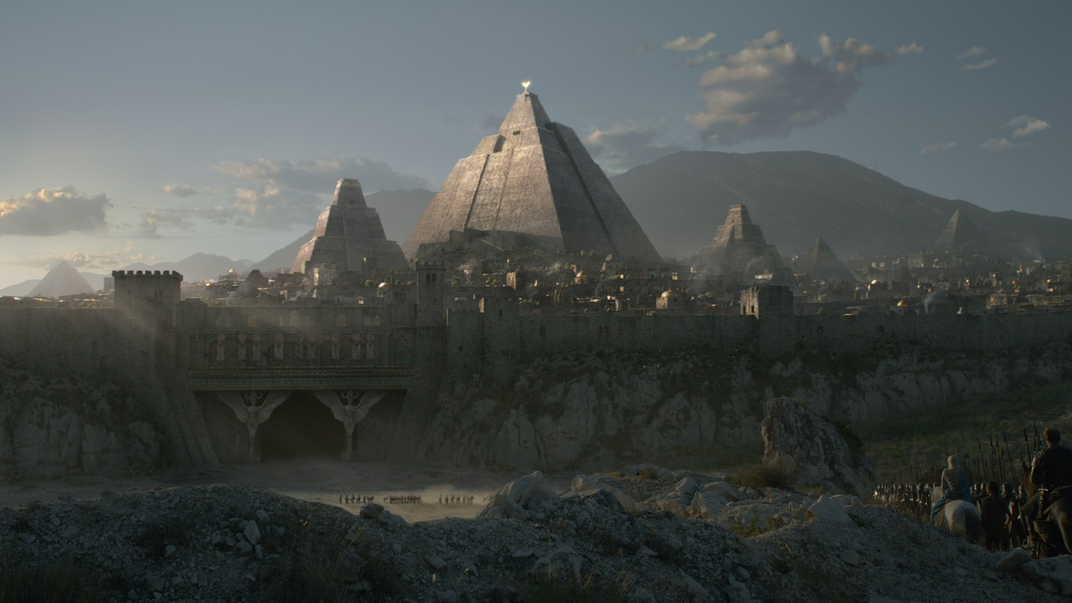
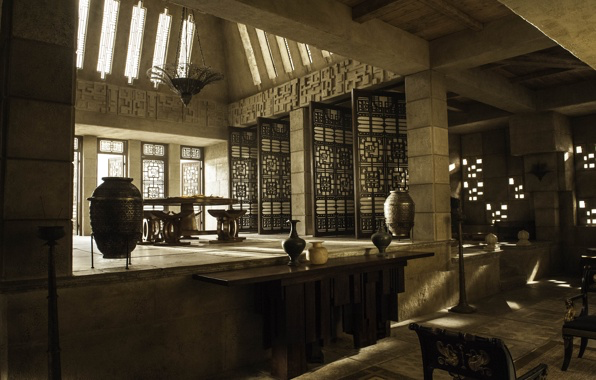
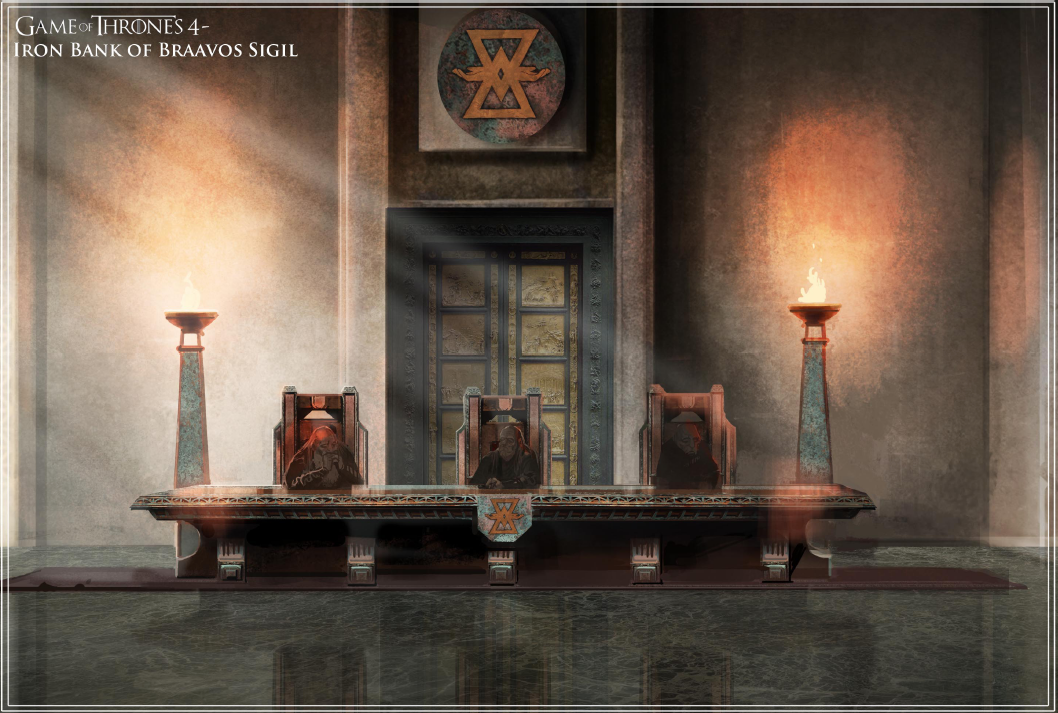
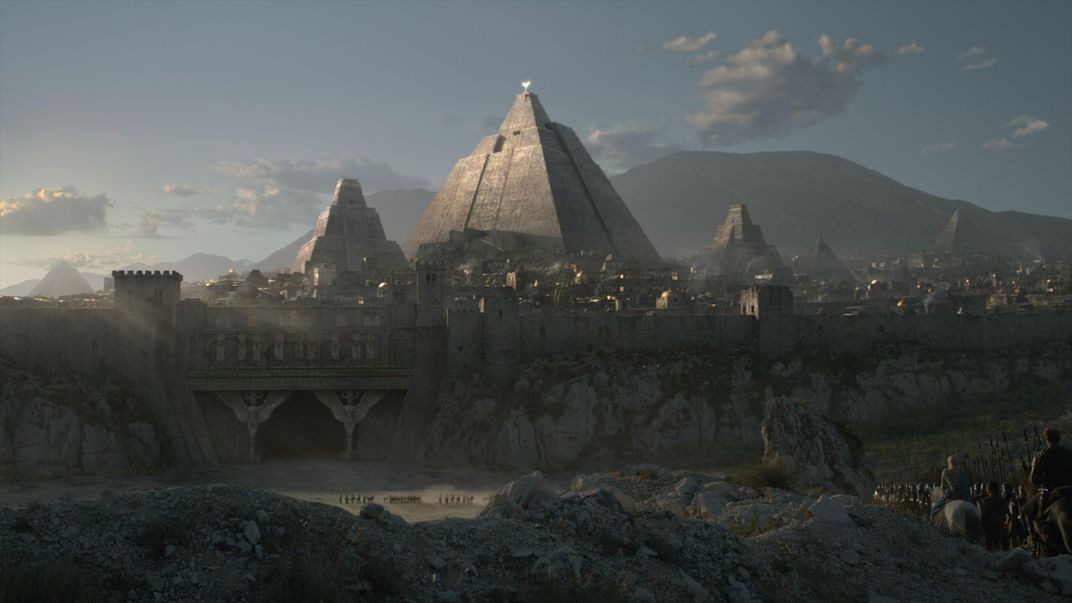
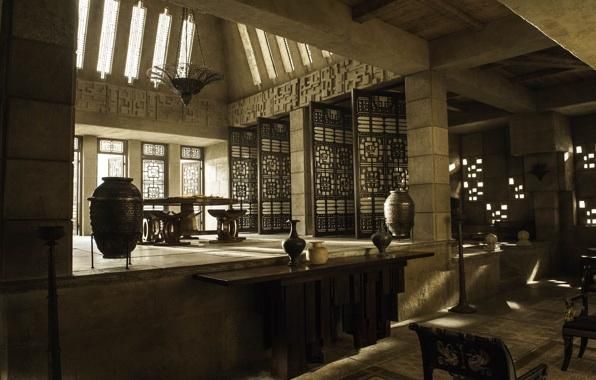
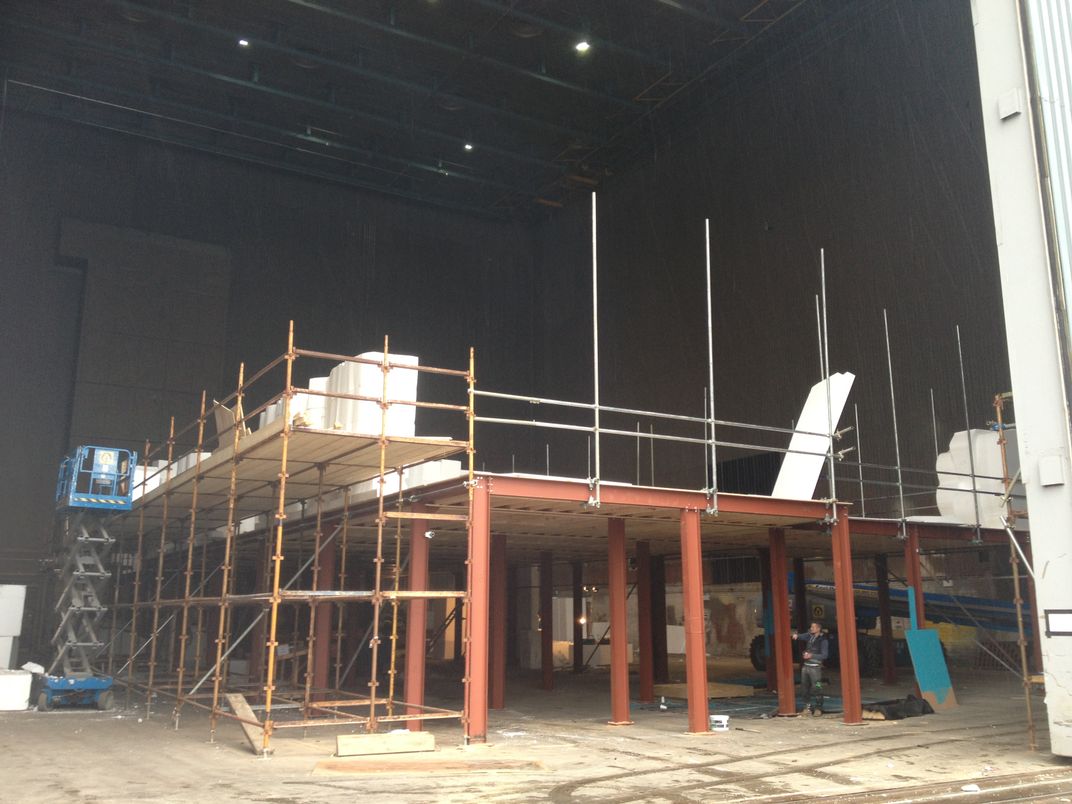
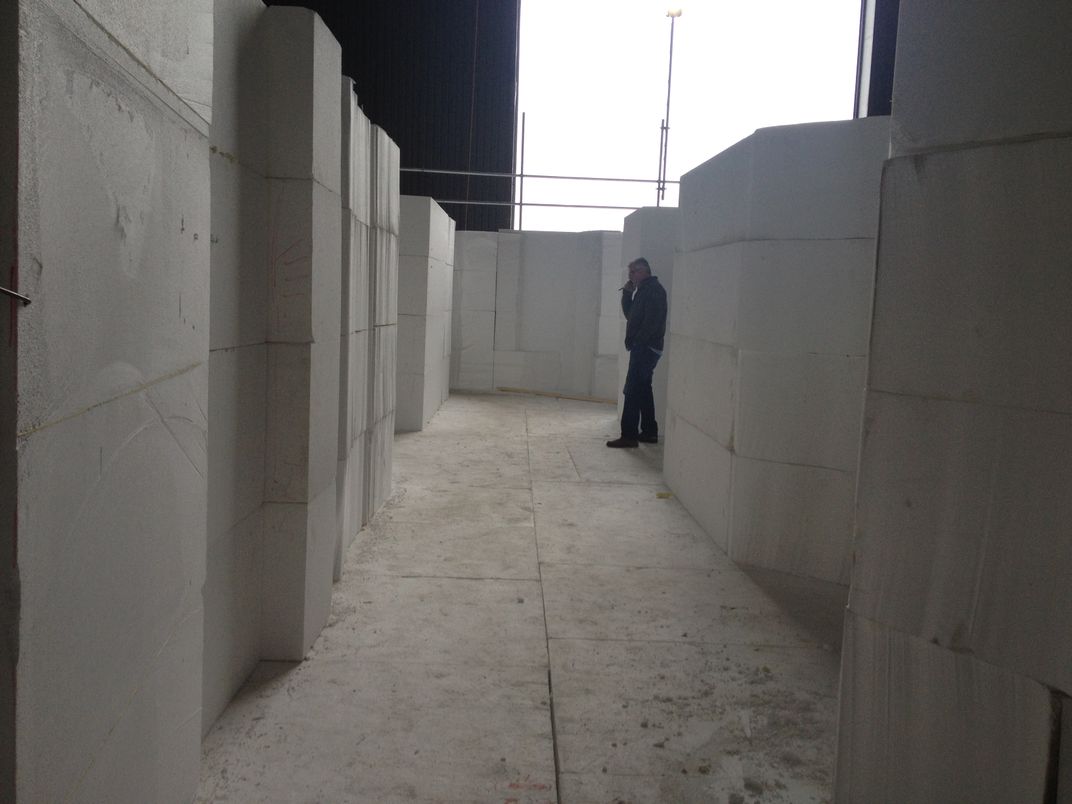
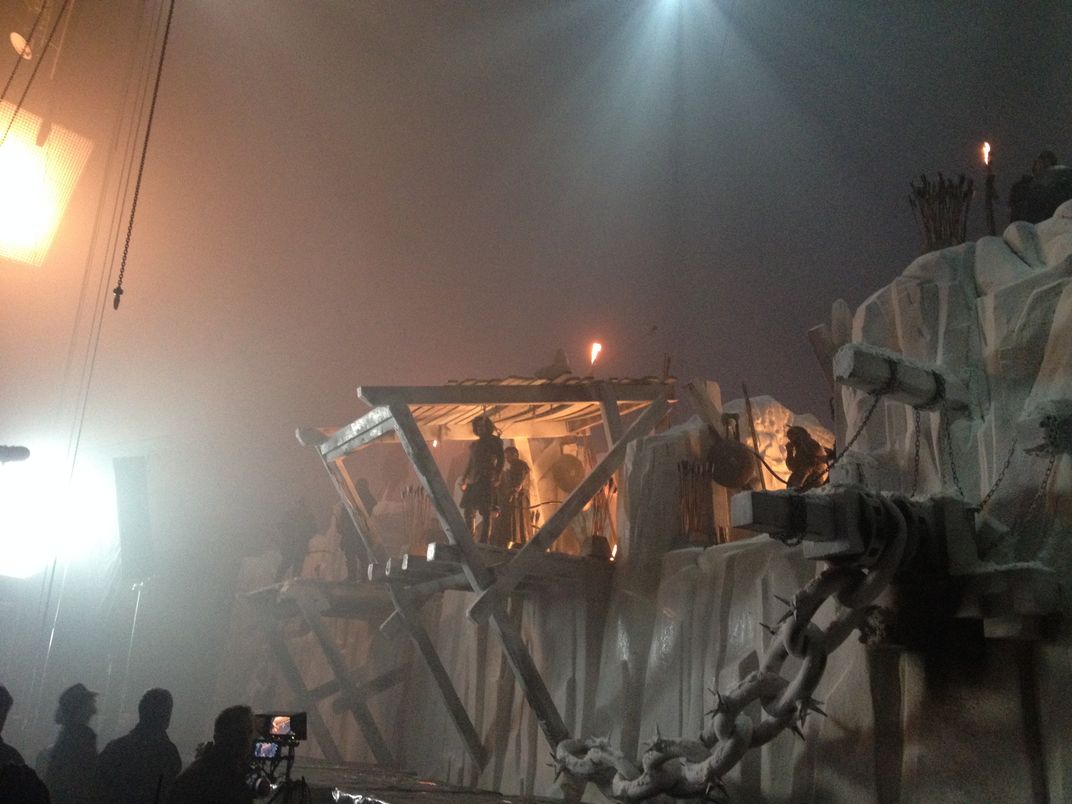
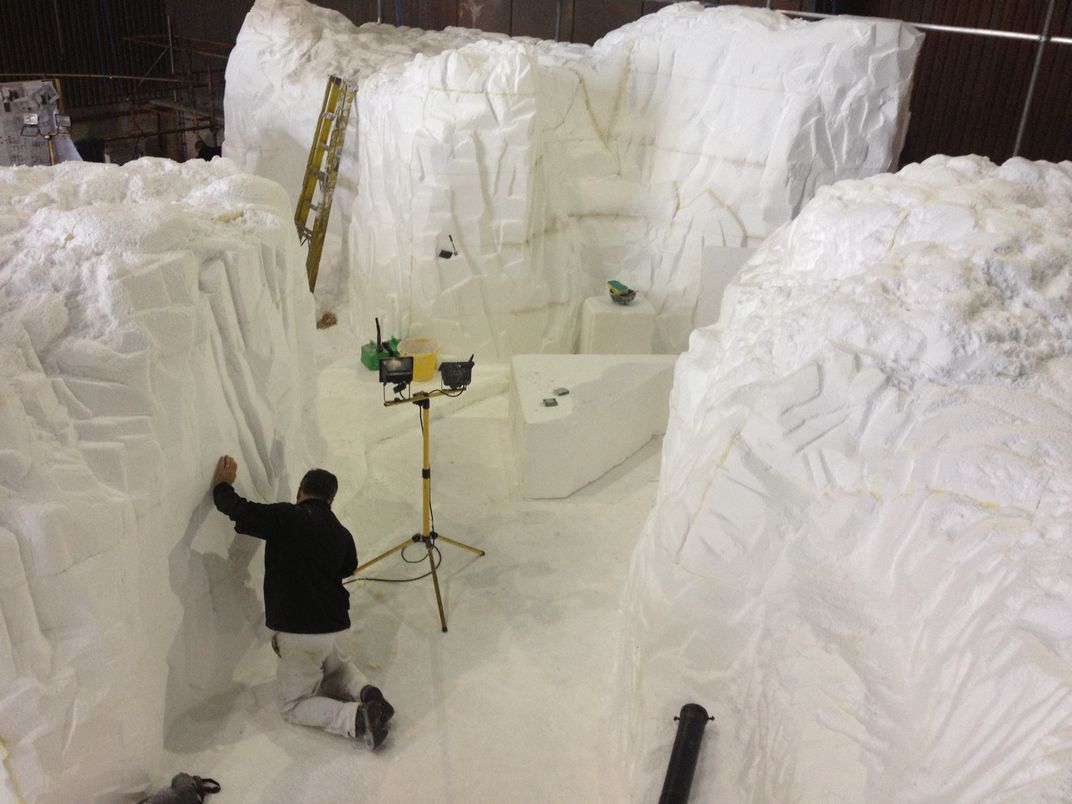
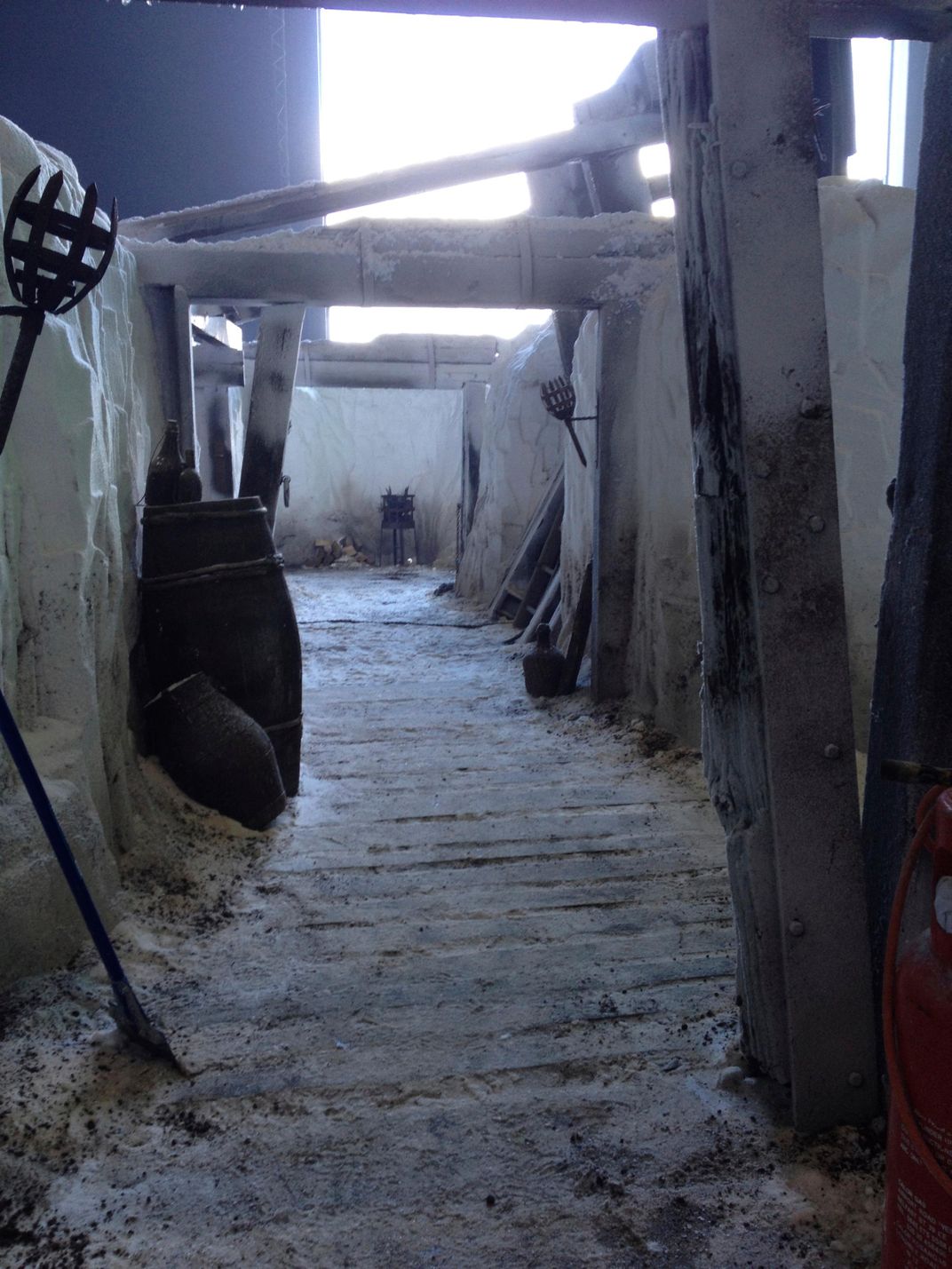
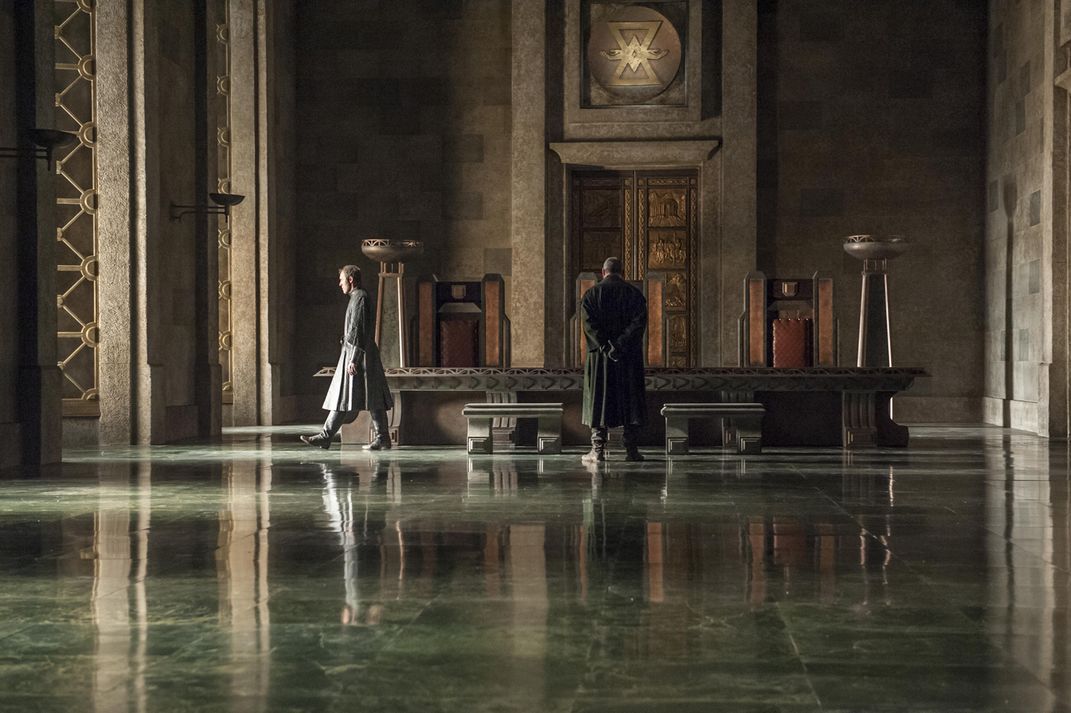
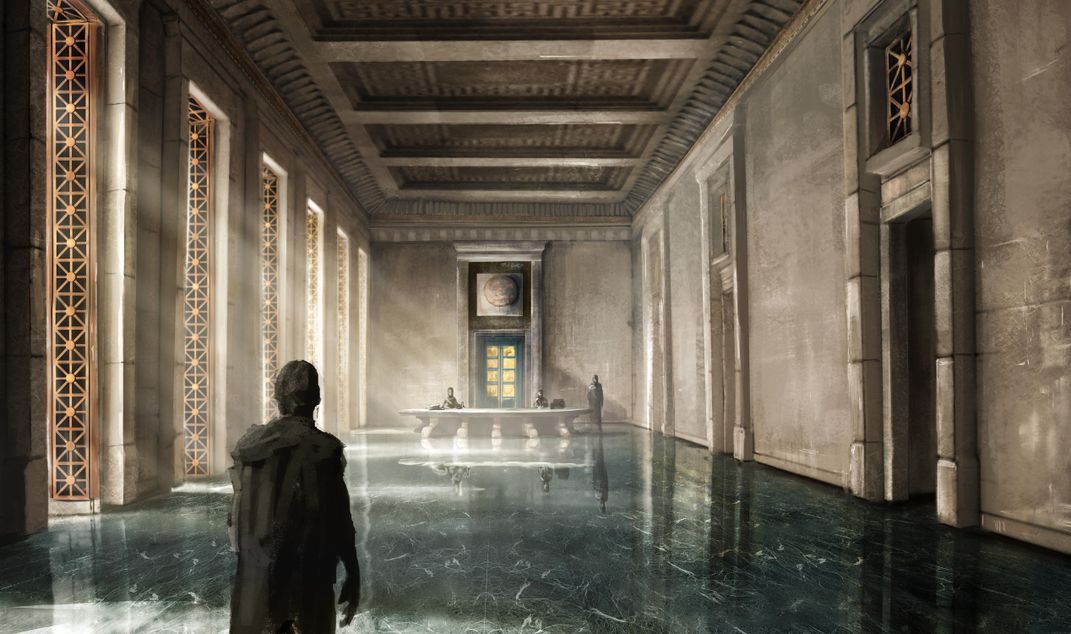
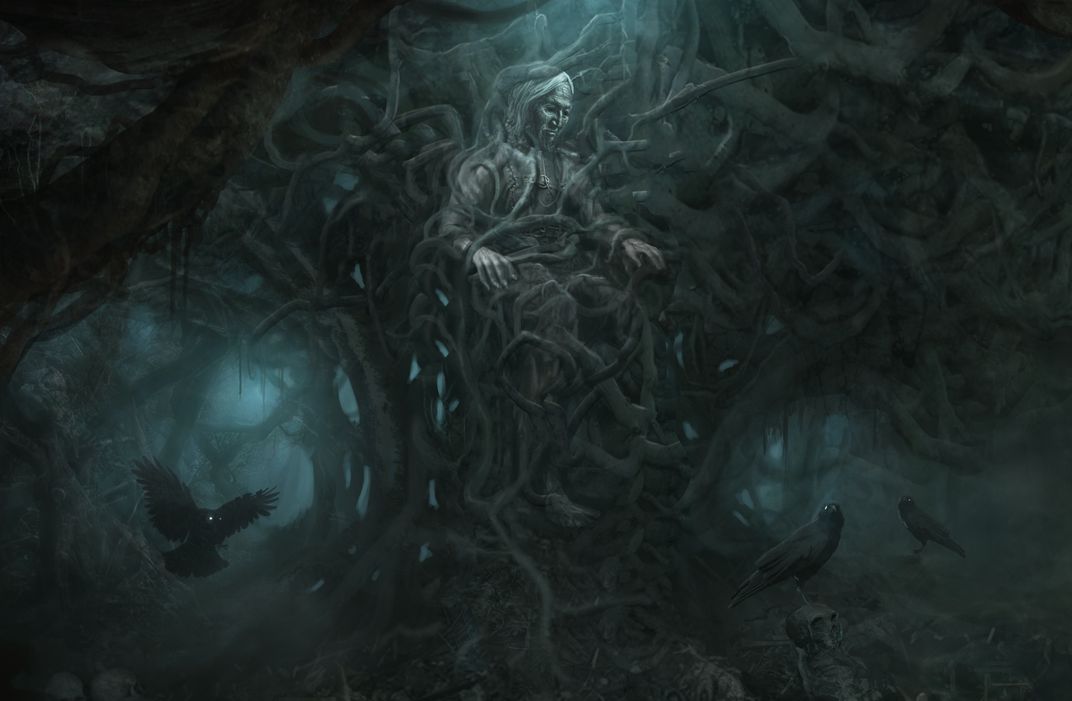
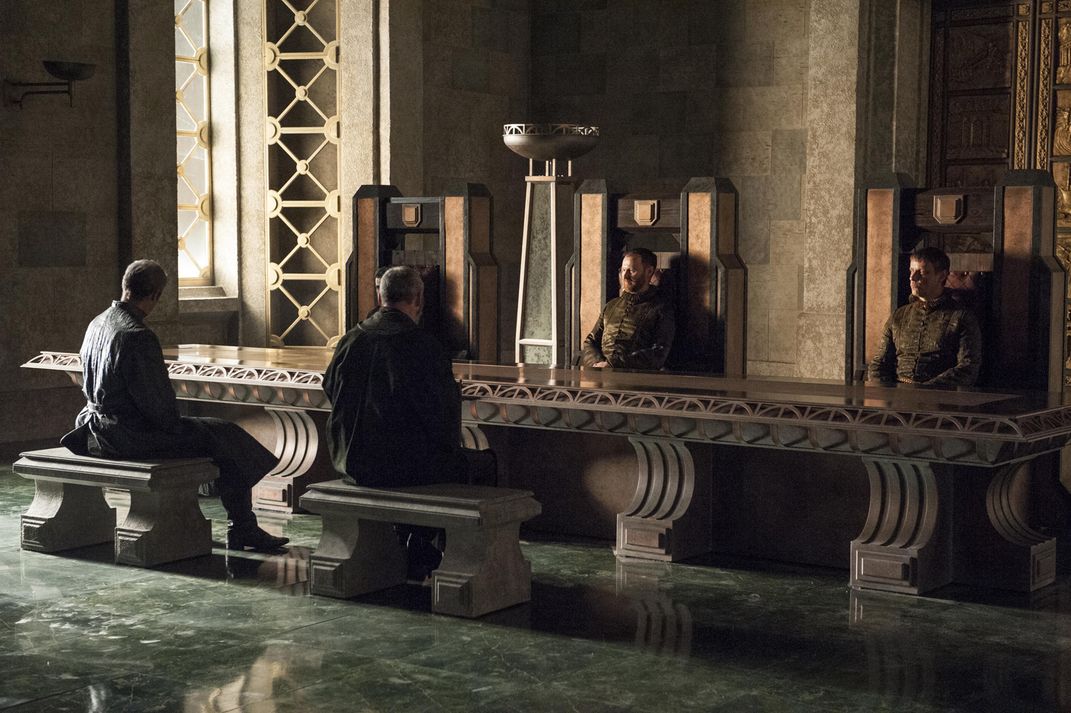
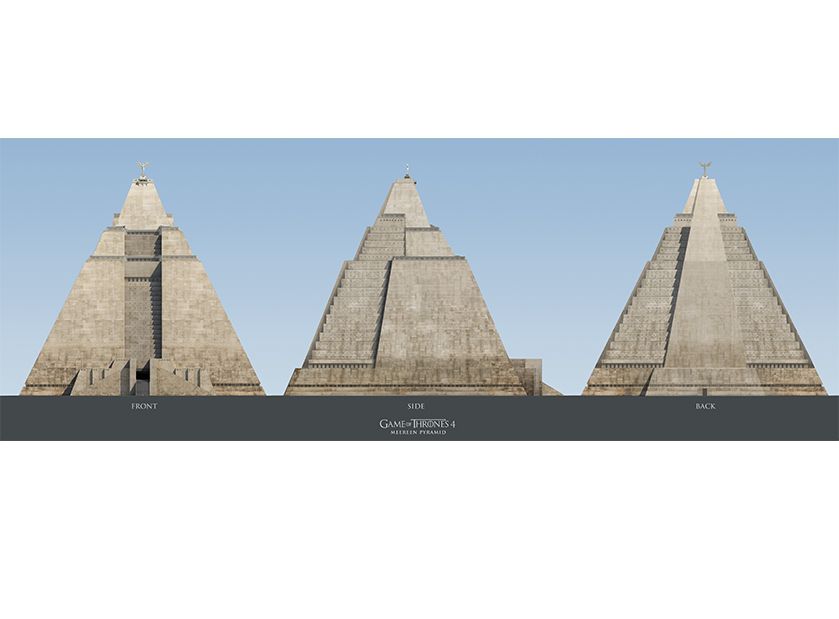
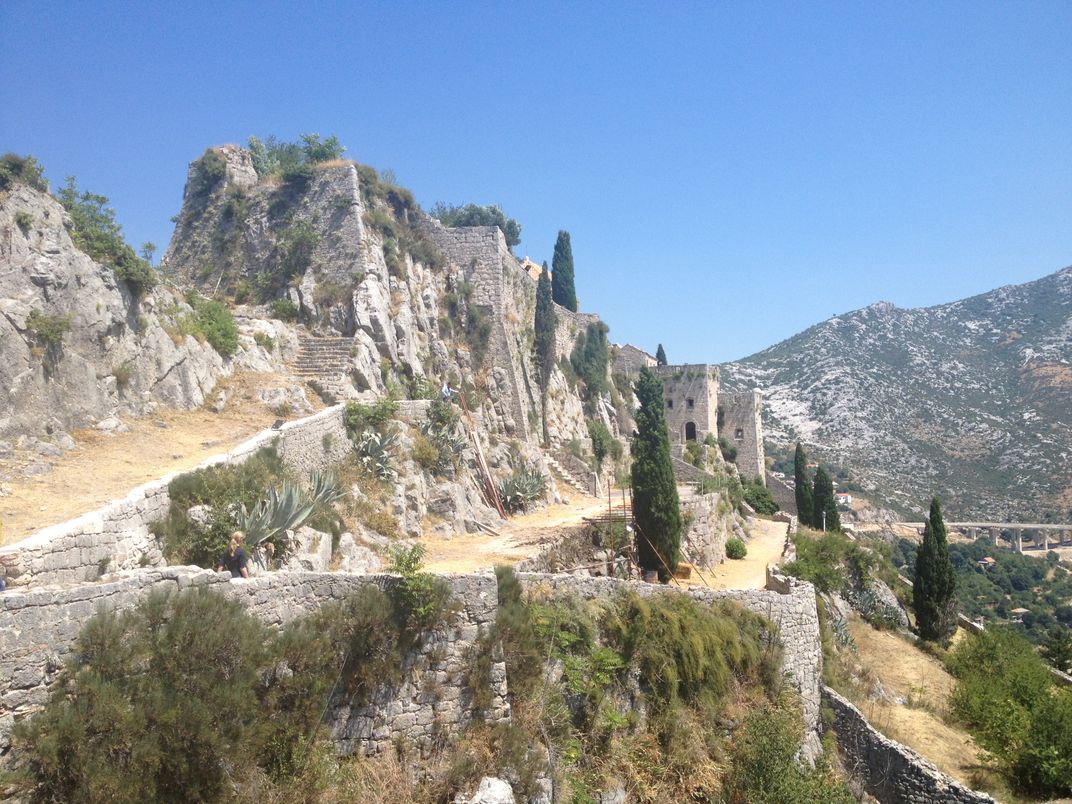
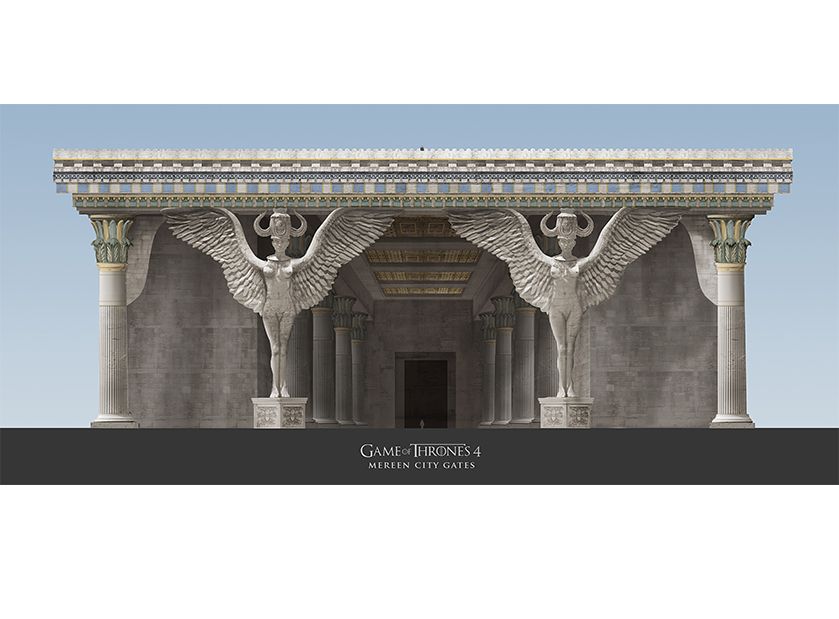
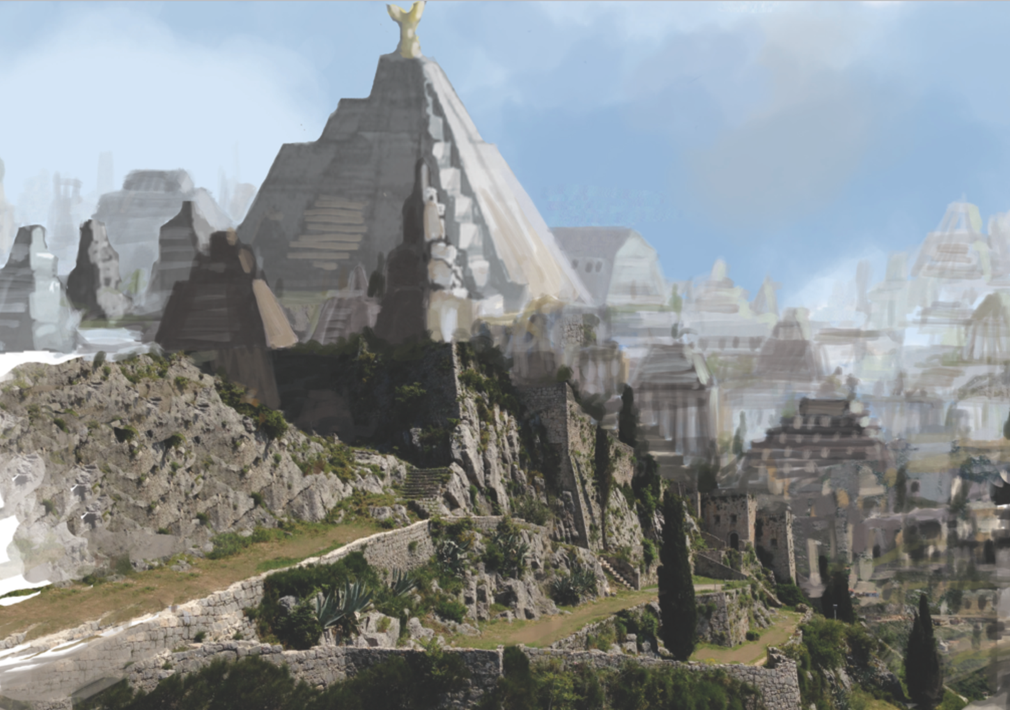
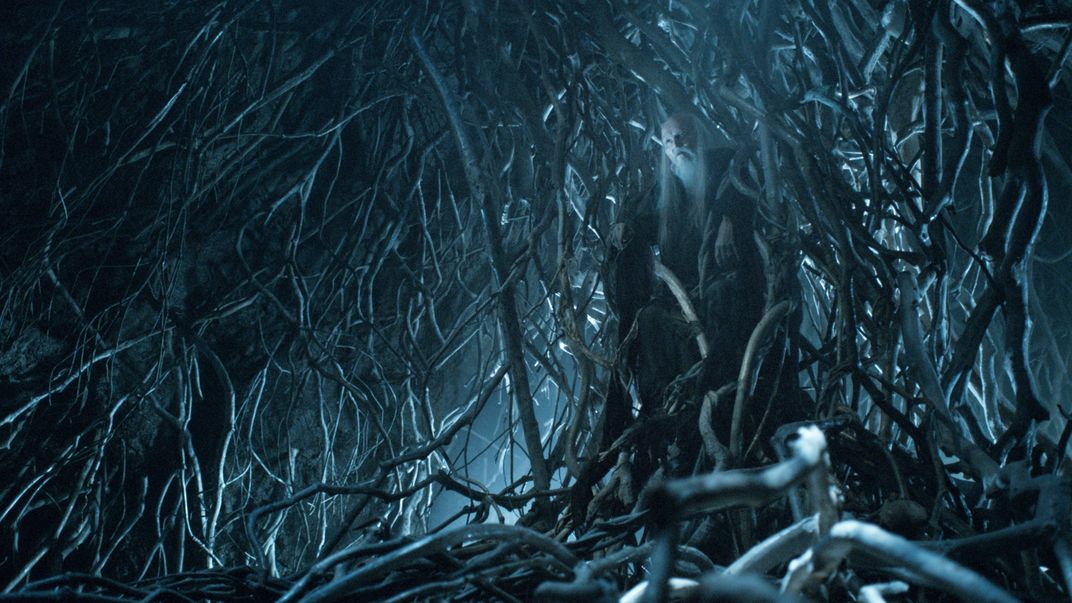
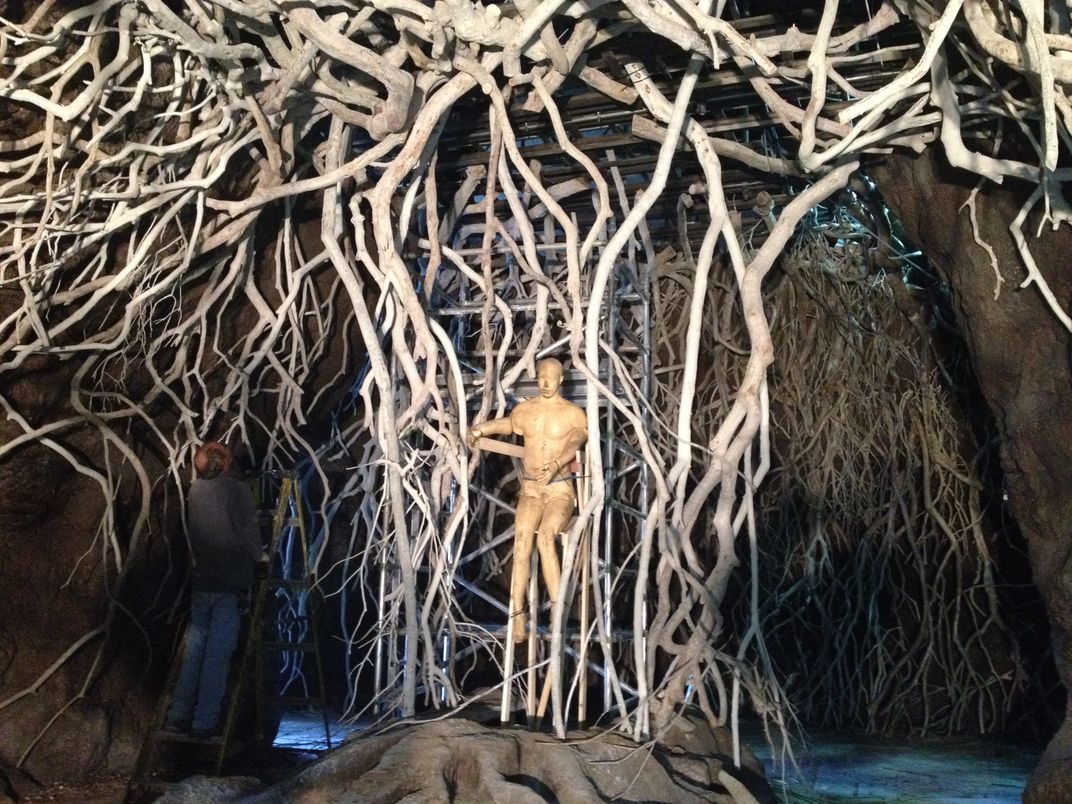
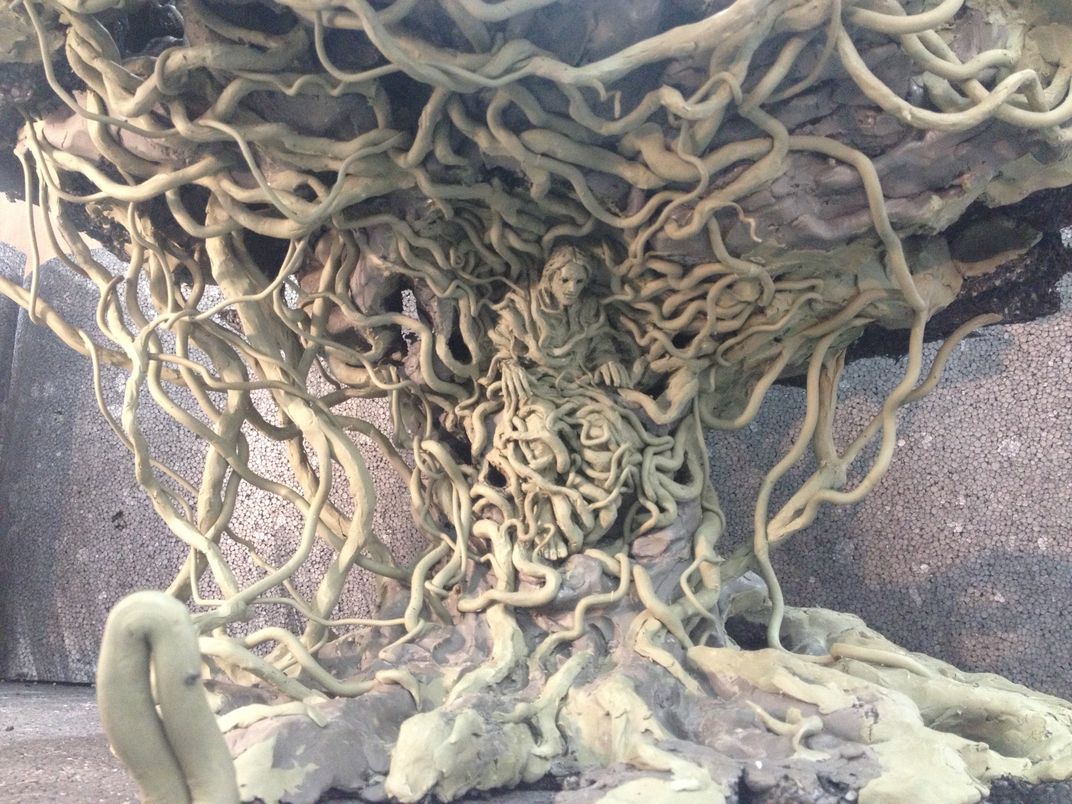


/https://tf-cmsv2-smithsonianmag-media.s3.amazonaws.com/accounts/headshot/profile.jpg)